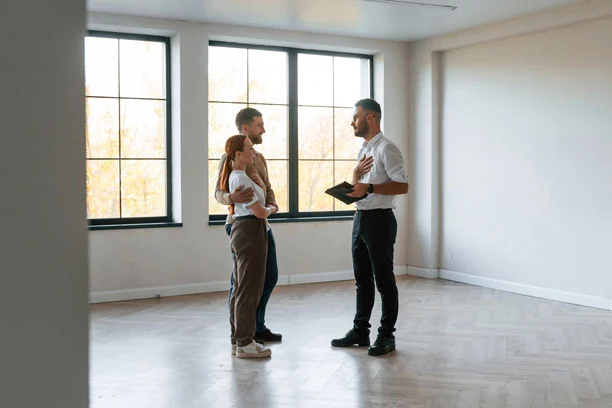Your Easy-to-Use Apartment Walkthrough Checklist


Congratulations! You’ve gone through the process of hunting and at last, you’ve found a great new apartment. The rent is right. The location is perfect. You’re eager to sign the lease and move in.
But before you put your name on the lease or start packing up the moving truck, you may want to take a step back. It’s important to run through a rental checklist and conduct an apartment inspection to be sure that everything is in good working order before you commit to the apartment.
At minimum, you’ll need to make sure you have everything in order so you can secure renters insurance — but you also want to make sure that your new landlord or apartment management company accurately represented the condition of the apartment to you.
So as you get ready to make this big decision, here’s why you should do an apartment walkthrough and what to look for when you do.
It’s easy to get excited and want to just move ahead with an apartment once you’ve found it. But an apartment inspection is an essential step you should take before committing to your lease.
You’ll want to walk through the apartment with the landlord or rental agent to see if there are any issues that should be fixed before you move in. Often, the landlord is legally required to make sure that certain things are fixed or functional (for instance, windows or water pressure) before renting the apartment to you, and you want to make sure you spot potential problems before moving in.
Remember, identifying these issues now can also help you avoid fees for damages that you didn’t cause when you move out. By following an apartment inspection checklist, you can more easily spot issues that could prevent you from getting your full security deposit back. And if there is a situation that occurs while you live there, the right renters insurance policy can back you up.
For your walkthrough, bring your phone and something to write on so you can document any issues with photographs and written notes. Here are some of the things you’ll want to look for when touring an apartment. Also refer to regulations in your city or state to make sure you know what is required of your landlord.
After the apartment inspection is complete, discuss any concerns you noted in the apartment walkthrough checklist with the landlord or rental agent. Then, compile your notes of the issues and any pictures you took to send to the landlord in an email. This is a good way to document what you discussed and keep your landlord accountable.
Be sure he or she follows up with how these issues will be addressed and keep your notes and records — they may come in handy when you move out.
Is your home — and the other things that matter most to you — protected? Farm Bureau offers a range of products to meet your needs. Whether you need renters insurance, life insurance or anything in between, Farm Bureau can help.